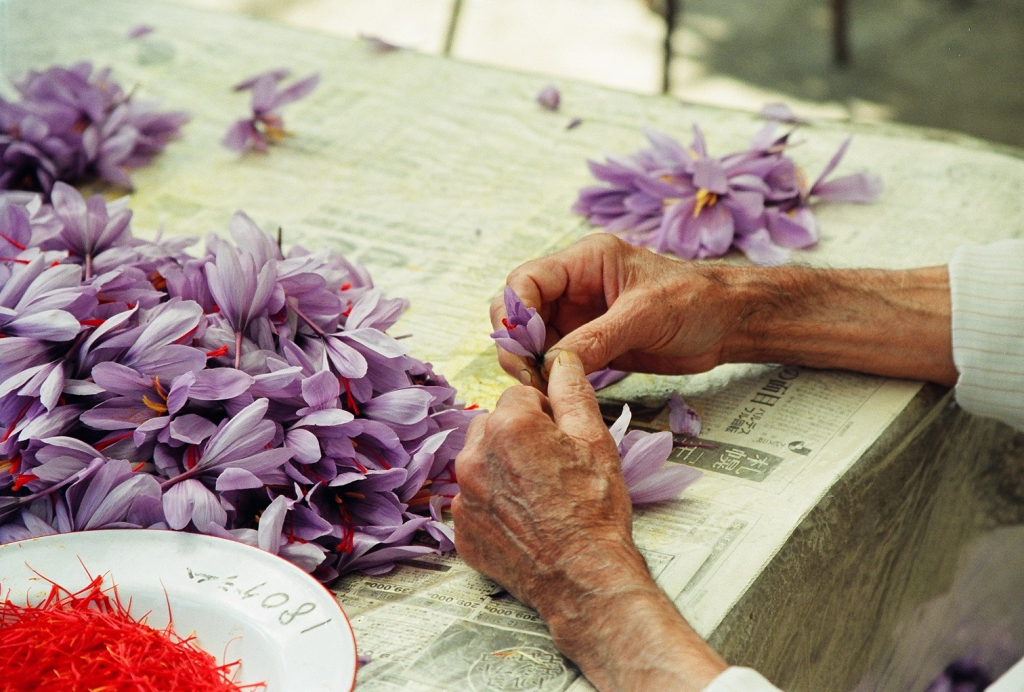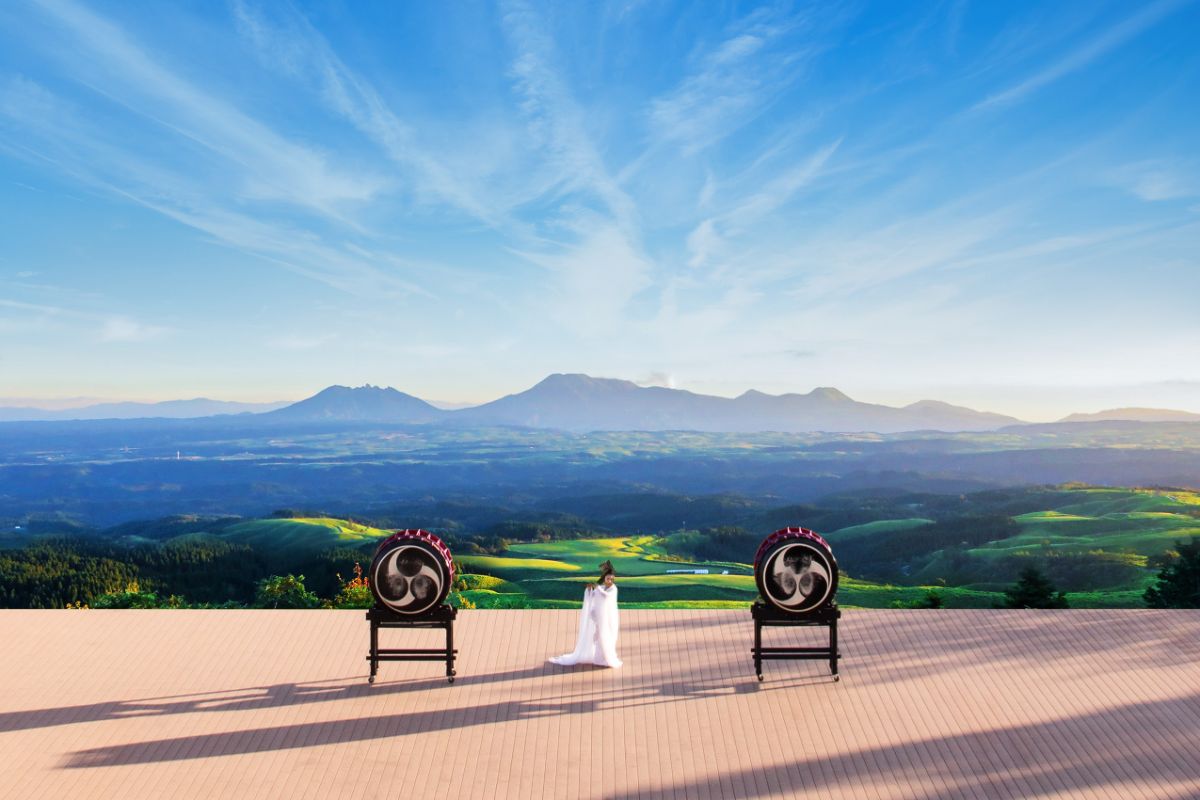The former castle town of Taketa doesn’t find its way onto many must-visit lists, but that’s a problem of visibility rather than worthiness — and it’s time for that to change. The city, located in southwestern Oita Prefecture on the island of Kyushu, is known for its spectacular spring water. It’s also blessed with bountiful nature and rich traditions, which blend with modern culture to create an enchanting world ripe for exploration. Read on for six ways to make the most of a trip to Taketa.
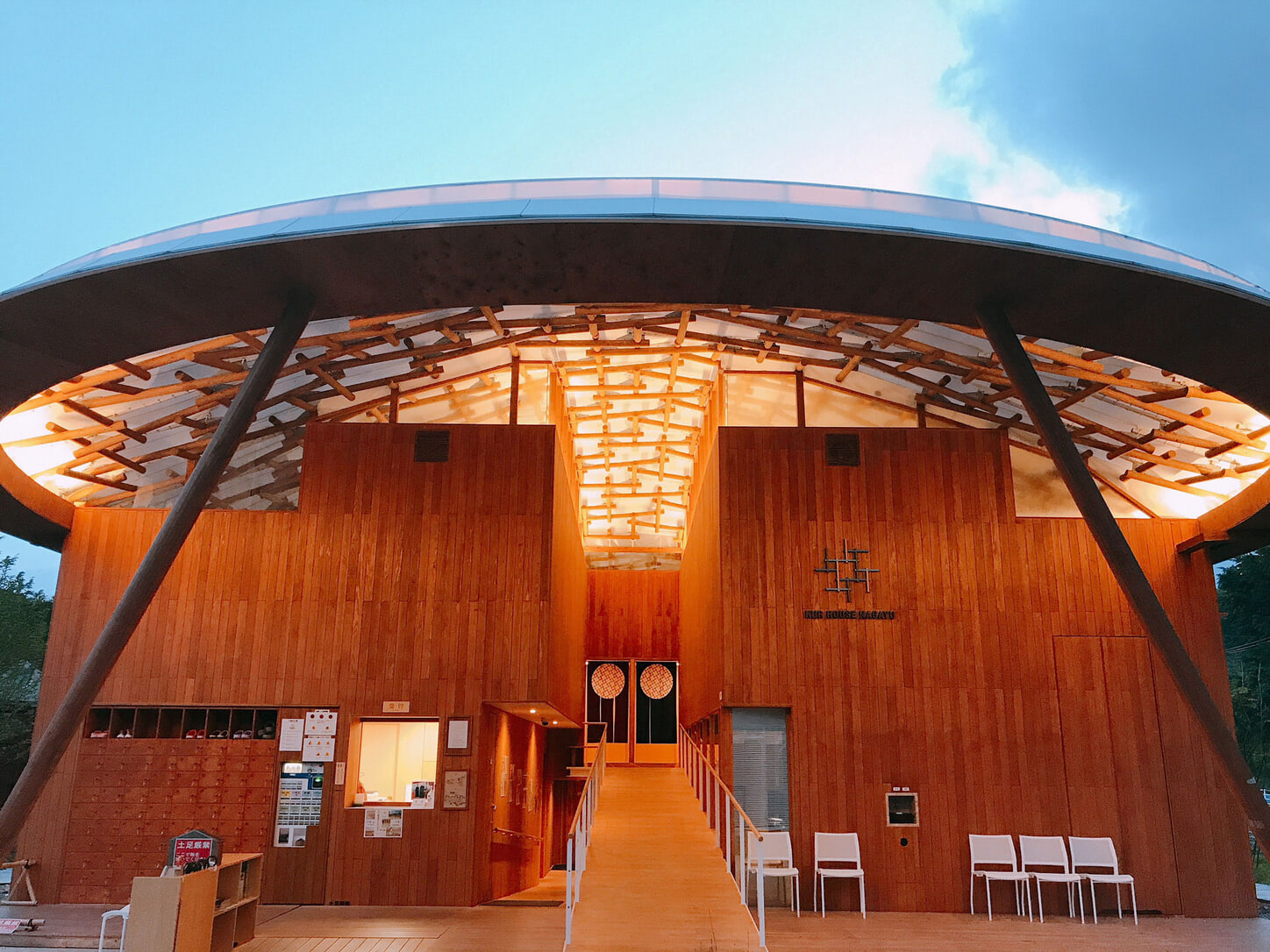
1. Rejuvenate Body and Soul at Kur Park Nagayu
Both Nagayu Onsen and the German health resort of Bad Krozingen have highly carbonated hot spring water, a similarity that has led to a long-standing friendship between the two hot spring retreats. This friendship explains both the style of Kur Park Nagayu and its unusual name of “kur,” which comes from the German word for a stay at a health spa for healing or relaxation. Not only does the facility have a bathing suits-required pool area in addition to the standard birthday suits-only bathing area, it also features a walking pool for exercise and rehabilitation.
This new Taketa-style of bathing — traditional healing methods with a twist — comes in a creative package: a collection of wooden buildings designed by the innovative and award-winning architect Shigeru Ban. In addition to the bathhouse, you’ll find cottages for overnight stays and a restaurant serving dishes prepared with fresh local ingredients, all spread out across the facility’s beautifully landscaped riverside grounds.
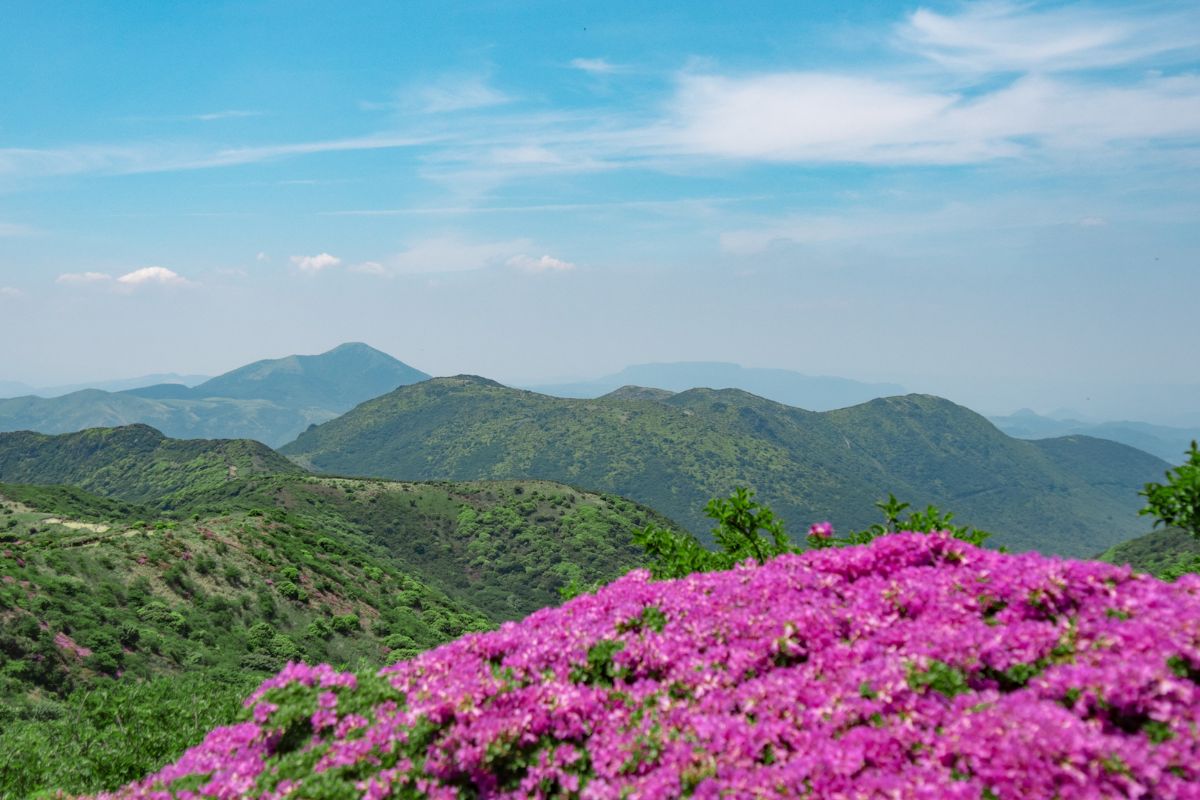
2. Admire Magenta Mountains on Mount Kuju
The mountains of Kyushu are renowned for their colonies of Miyama Kirishima azaleas, which paint the mountainsides shades of pink, red and purple from late May to mid-June, depending on the location. Growing at an elevation of 1,000 meters or higher, the azaleas contrast in spectacular fashion with the greens of other mountain vegetation. The Miyama Kirishima flowers of the Kuju mountain range, home to Mount Nakadake, the highest peak on the Kyushu mainland, are particularly stunning, with those on Mount Kuju a sight to behold. A trip to see the spectacle is a must should your visit coincide with blooming season.

3. Strike Red Gold in Taketa’s Farming Traditions
Did you know that Japan produces saffron, the most luxurious of spices? It may not be a major player — yet — but its saffron is known for being of tremendous quality. Saffron, made from the pistils of the purple-flowering Crocus sativus, has been produced in Taketa for over 100 years, but cultivation is no easy task.
As the area’s high humidity and ample rain are unfavorable to growing saffron, a new cultivation method needed to be devised. The Taketa Method, which has now spread throughout the country, involves growing the flowers indoors in rooms bereft of light, soil and water for half the year. The result is saffron with a concentrated color and flavor perfect for seasoning dishes, therapeutic treatments and — for those willing to splash out for fashion — fabric dyeing.
Taketa produces about 80 percent of Japan’s saffron harvest. While in town, be sure to sample locally grown saffron at restaurants including Saffron Gohan, where meals come with a bowl of saffron rice. You can also pick up saffron-spiced products such as saffron tea at local shops and roadside stations.
4. Find Your Rhythm with Drum Tao
Vibrant costumes and incredible athletics meet traditional drumming at Tao no Oka, the open-air facility that serves as a base for the internationally renowned drumming group Drum Tao. Surrounded by forest, farmland and the verdant mountains of Aso-Kuju National Park, Tao no Oka lets the varied landscape of Kyushu shine just as brightly as the performers. And it’s not just drums — some numbers involve an array of traditional instruments that come together for a show you’ll not soon forget.
A café and bar keep visitors fed and hydrated, while outdoor seating both on the lawn and rooftop makes for a spectacular alfresco dining experience. A theater, costume exhibition and shop will immerse you even further into the world of Drum Tao.
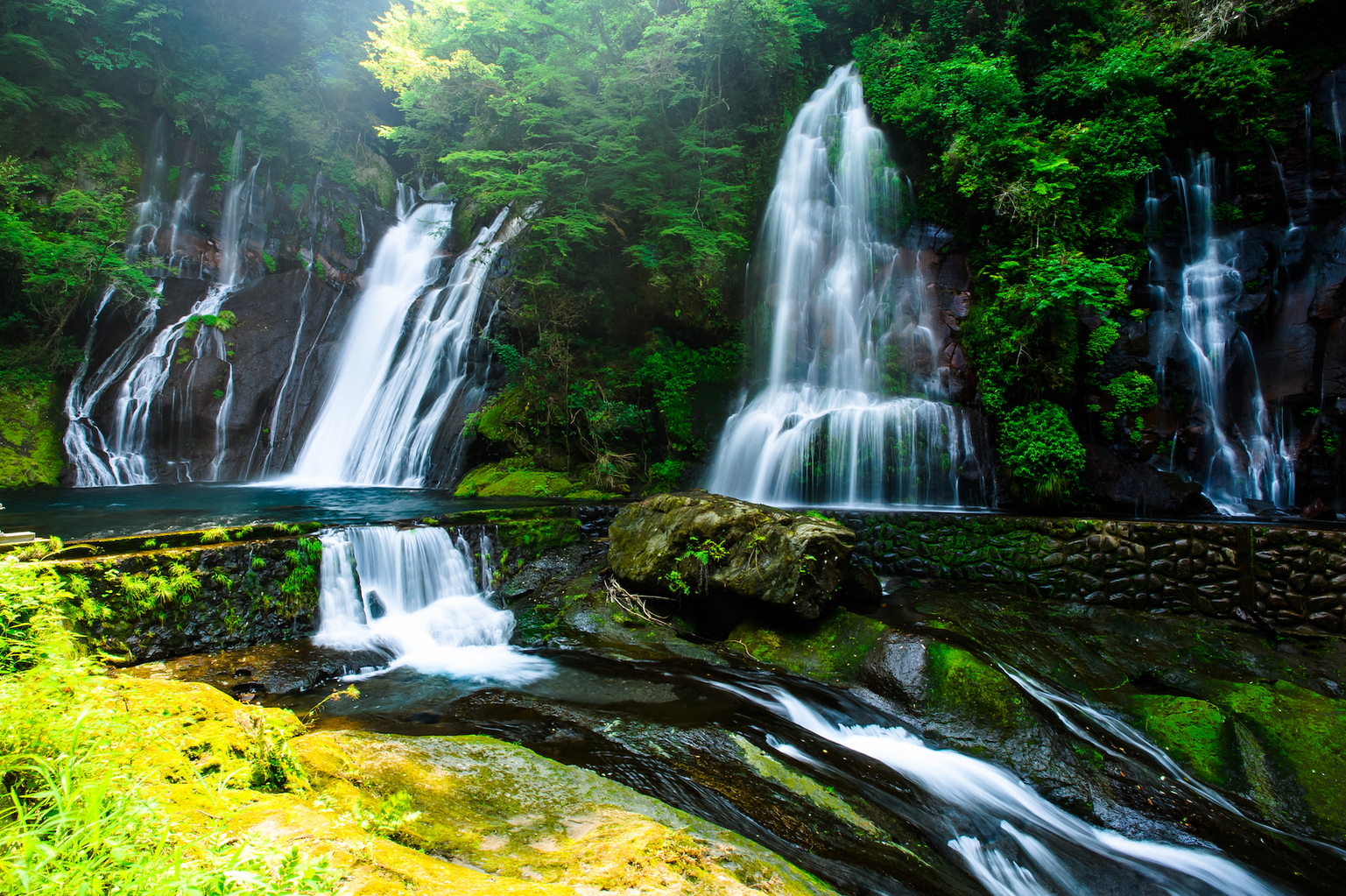
5. Envelop Yourself in Nature at Shiramizu Falls
Head even further off the beaten path with a visit to Shiramizu Falls, approximately 30 minutes by car from downtown Taketa. Spilling out from a mountainside of dense vegetation, the falls splash down a bare rock face into a blue-green pool below. To reach the falls, you’ll walk approximately 15 minutes from the parking lot along a lush riverside trail.
Meisui Chaya, built on what is said to have been the location of the teahouse of a local lord, serves salt-grilled enoha (landlocked masu salmon) raised in the crystal-clear waters of the river as well as other local specialties, while a campground, Hinatame no Sato, offers several rustic accommodation options, though campers should note that tents and equipment are not available for rental.
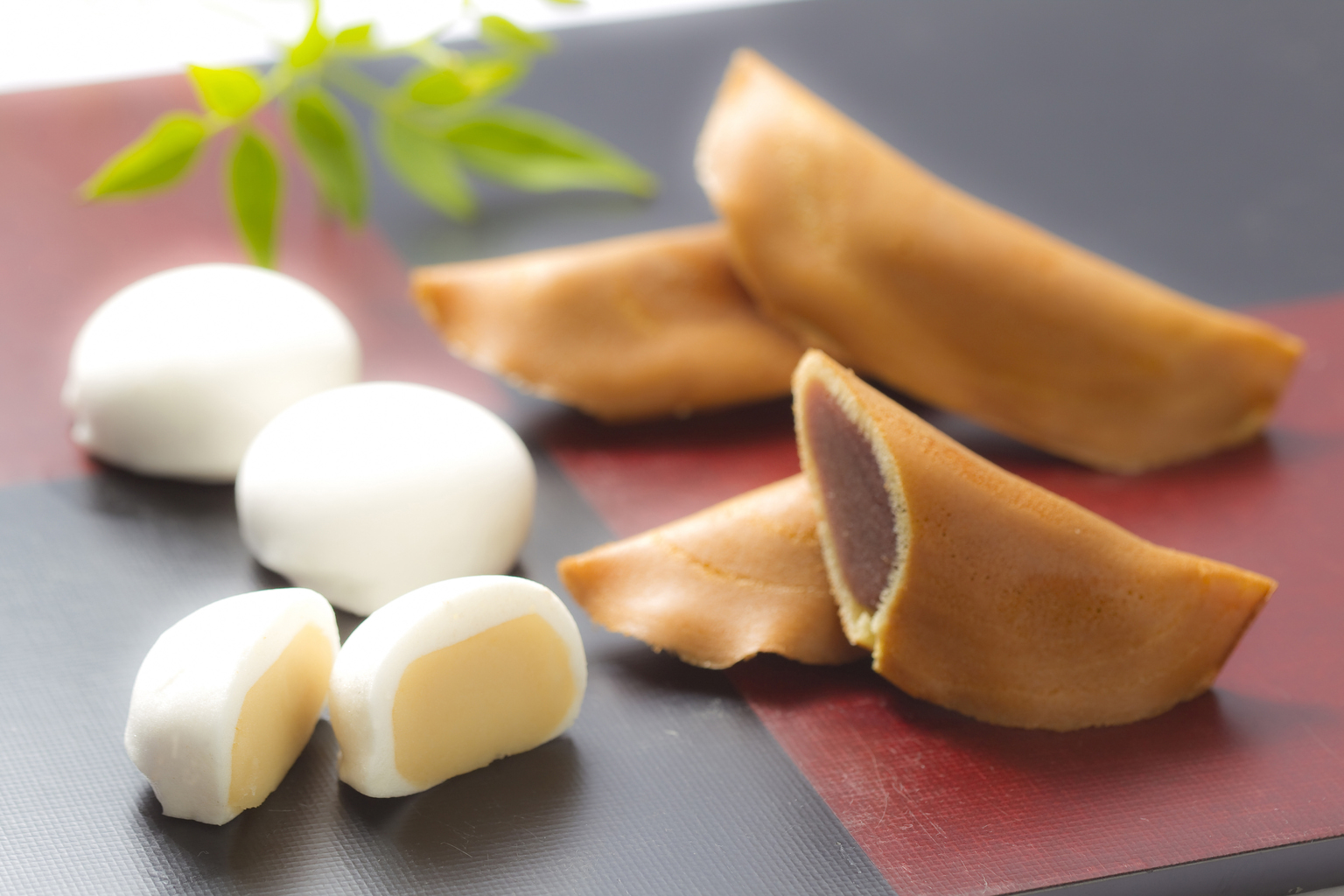
6. Savor Daimyo-worthy Wagashi
If wagashi (Japanese sweets) are your passion, Tajimaya Roho is a must-try. In fact, if you enjoy sweets at all, beeline it to this long-established confectionery that once supplied wagashi to the daimyo (feudal lord) of Taketa’s Oka Castle. You’ll find exquisite handmade confections ranging from seasonal sweets to the shop’s famous Mikasano and Kojo no Tsuki creations. Buy treats for later or take a seat at the on-site café for a pick-me-up of wagashi served with matcha or coffee.
Learn more about what you can do, see and eat in Taketa.
Sponsored Post

